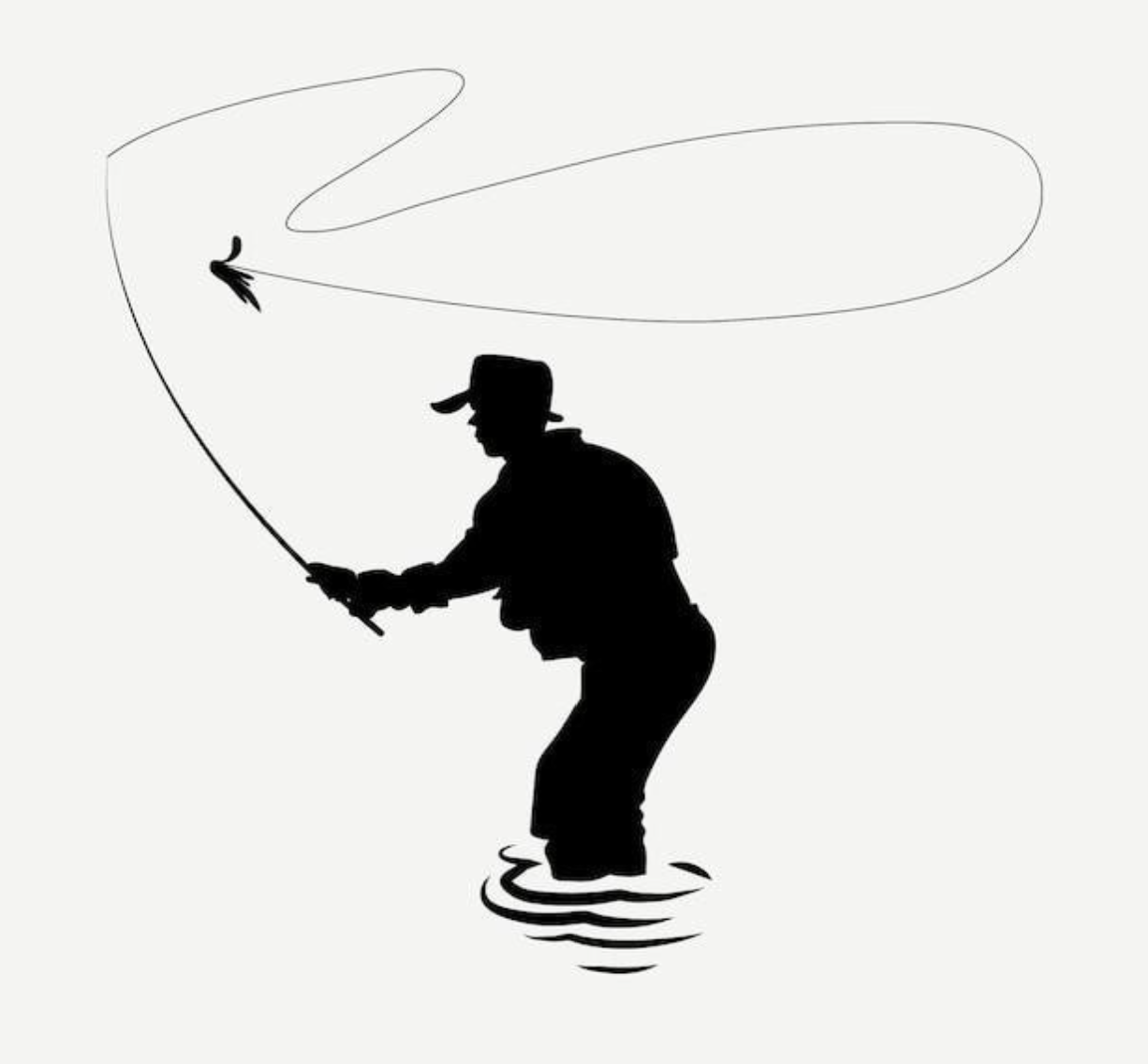Fly Fishing Rods: A Beginner's Guide To Making The Right Choice

As an ancient practice, fly fishing requires skill, patience, and connection to nature to help you improve the quantity of your catch. At the center of this fishing technique is the fly fishing rod, a critical tool for improving the overall experience. Picking the right one makes a critical difference, especially for a beginner enthusiastic about learning a new fishing technique. Lucky for you, there are many types available.
These too many choices can also make the selection overwhelming and the likelihood of ending up with the wrong rod. Instead of randomly picking any rod, consider your needs and how the selected rod complements your fishing techniques and suits your fishing environment. Read on to explore insights and practical advice on selecting the best rod from the many options available.
1. Price
Before you buy a fishing rod, you should set a budget. Ideally, the prices will be based on the type of material and the rod's aesthetic value. So, always consider a rod that offers the best value for your purchase. Instead of randomly choosing any rod, visit an online store that offers multiple options.
Remember to choose from a store with different options based on price value. With so many rods to consider, you can easily stay within your budget and get the best rod. Afterward, you can compare the prices to specifications like length, material, flexibility, and maneuverability. Based on these specifications, you can easily select the best fly fishing rods.
While reading the rod specifications, narrow down your choices based on the desired experience and value offered. After that, you can select one that is within your budget range. As a beginner, you can start with the cheaper ones. Later on, you can upgrade to valuable and expensive ones.
2. Length
The rod's length will depend on the type of fishing and the environment in which you want to fish. If fishing in a stream, you need a shorter rod, about 7 to 8 feet. Such waters are shallow, and the fishing space is limited, hence the need for a shorter rod. When fishing in a river or a lake, the longer the rod, the better. A long rod is ideal for casting a bait longer and deeper into the water.
Further, these rods improve the casting distance and accuracy, especially when fishing a large water body. They can help you catch various fish and are strong enough to help you handle bigger fish. While selecting the longer ones, focus on other metrics determining the rod's strength. A longer, weak rod will be useless and likely break while you fish. Therefore, you should select a rod that is about 9 to 10 feet long. Besides the longer cast, these rods can withstand the waves and function efficiently in still and flowing waters.
3. Weight
The universal rule when selecting a rod is maneuverability. Weight is one factor that affects the rod's maneuverability. You can select light, medium, or heavy rods based on your fishing techniques and preferences. The type of fish you want to catch will also determine the kind of rod to choose. If you plan to catch small fish, always select the lighted rods that are easy to pull out of the water. However, if you plan to catch bigger fish, use heavier rods that can withstand the weight. Finally, the environment where you plan to fish will also affect the type of rod. For instance, consider heavy rods for fishing in rivers and lakes.
4. Flexibility
Fly fishing requires coordinated hand movement and fast reaction. Whenever the fish takes the bait, you should pull it immediately. The rod should be flexible, enabling you to pull the fish fast. Therefore, you need to prioritize fast-action rods. Further, fast-action rods are also easy to configure regarding their bend and casting diameter.
Therefore, if you use longer rods, ensure they are fast action or longer enough for easy and wider casting. Alternatively, you can always opt for slow-action fishing rods. However, you have to train on how to use these rods. Most are suitable for beginners learning how to fish. They can also be perfect for the elderly or those who value the fishing experience instead of quantity.
5. Material
Instead of settling for any rod based on weight and length, you can specify your needs further by focusing on the material. The rods vary mainly based on the nature of the material used. You can choose from bamboo, fiberglass, or graphite rods. When looking for a lighter and faster-action rod, consider graphite.
You can also consider fiberglass, which is more durable and flexible. Unlike other rods, bamboo rods are environmentally friendly and durable. However, you should buy them if you value slow-action fishing. Besides that, they offer a classic fishing experience that is especially suitable for fly fishing enthusiasts. Despite offering the best experience, bamboo rods tend to be slightly expensive. However, they can last longer than other rods.
Bottomline
Whenever you visit the store or online stores, you will likely get different types of rods based on material, price, length, and weight. The best choice should be based on your experience levels and your budget. Above all, always value a durable rod by focusing on metrics like the length.